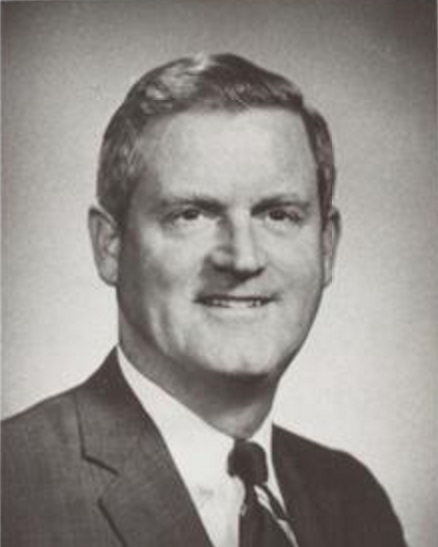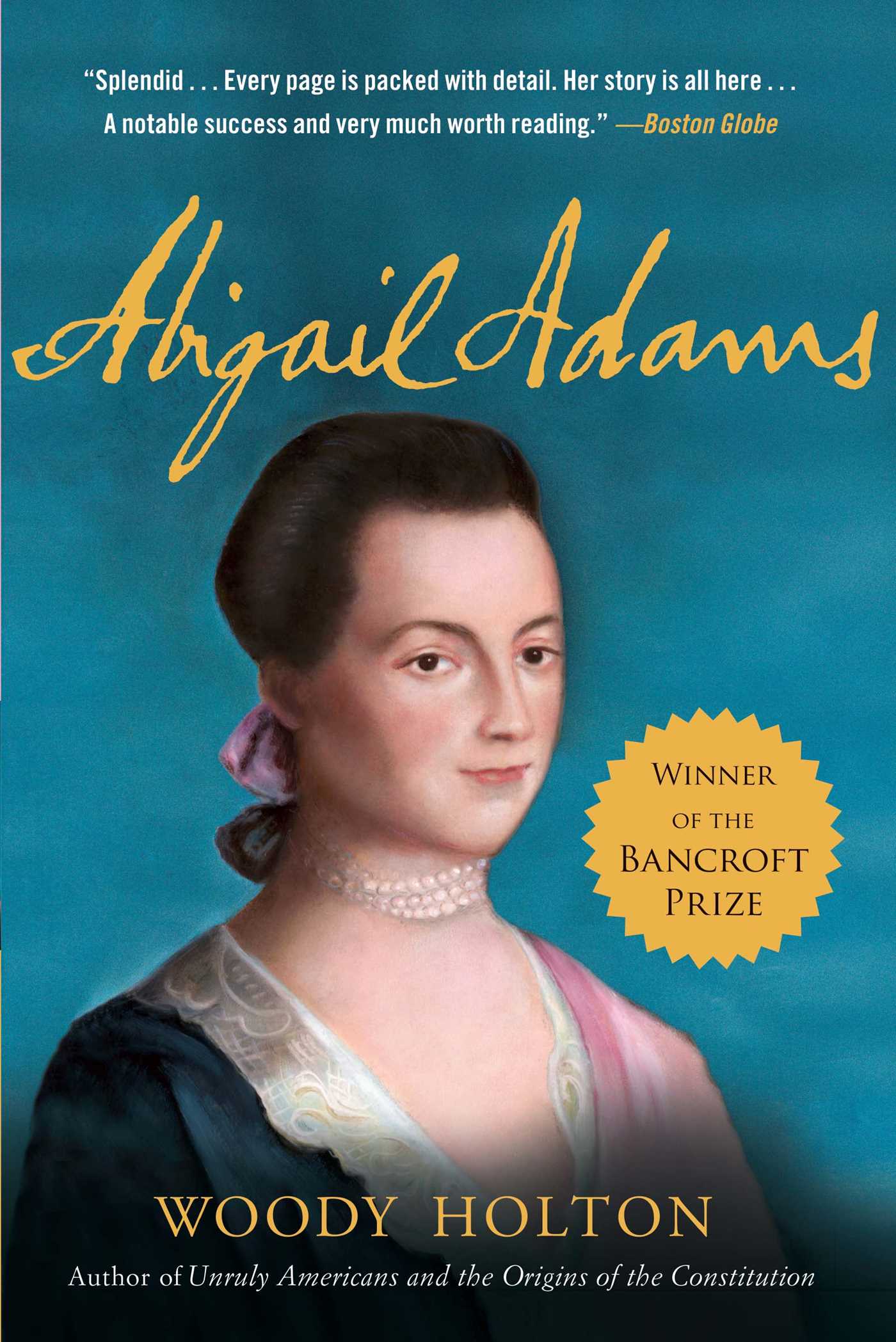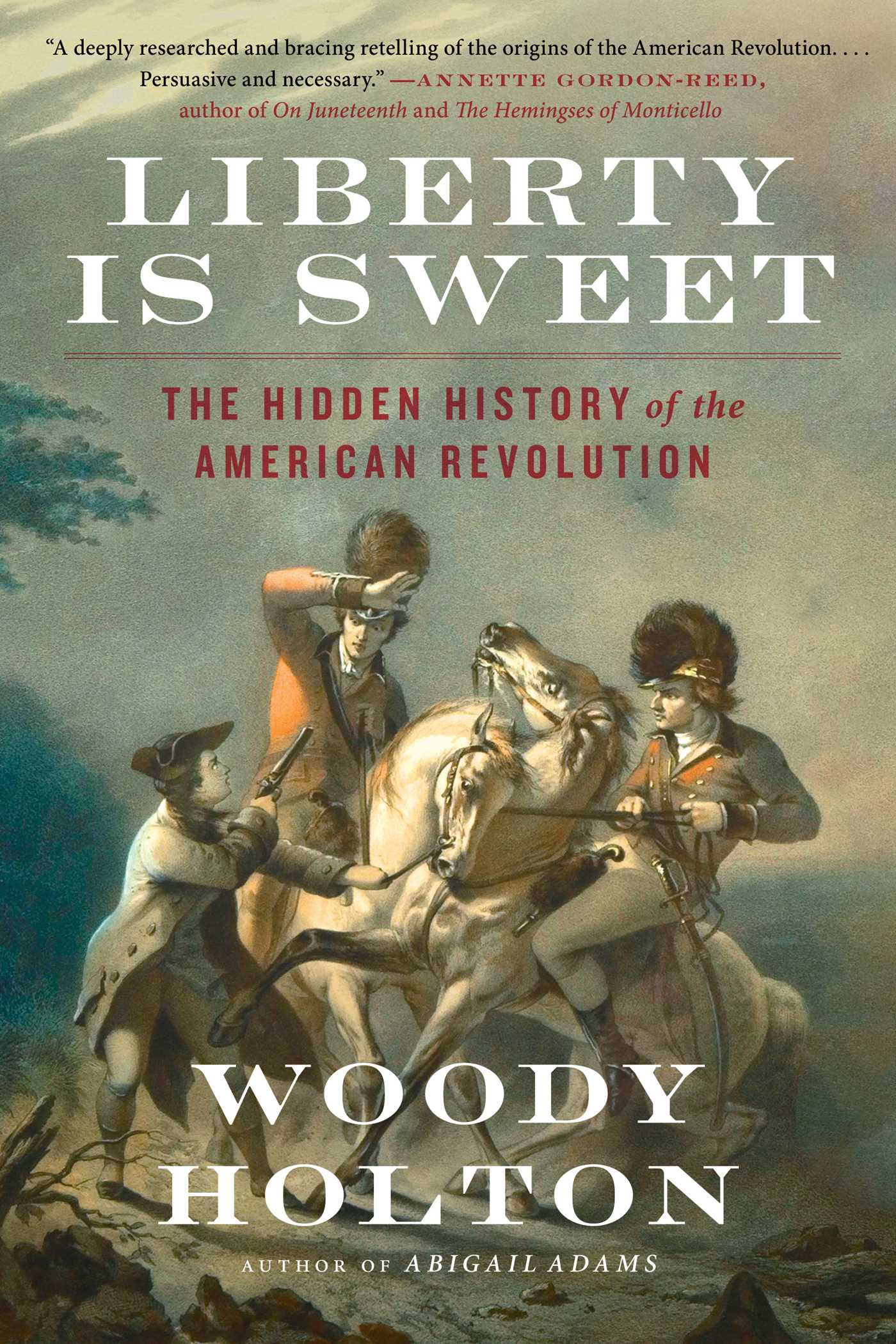The year 2026 marks the 250th anniversary of the Declaration of Independence. Cardinal News has embarked on a three-year project to tell the little-known stories of Virginia’s role in the march to independence. This project is supported, in part, by a grant from the Virginia American Revolution 250 Commission. You can sign up to receive a free monthly newsletter with updates. Find all our stories from this project on the Cardinal News 250 page.
Woody Holton did not want to make history. He just wanted to go to school like any normal 11-year-old.
He and his older sister climbed into a car with their mother and traveled a few blocks from their home to start the first day of middle school. Nothing unusual about that, except that the car was driven by a police officer, the school was until recently segregated and the home from which they departed was the Executive Mansion in Richmond where they lived with their father, the governor of Virginia.

On Aug. 31, 1970, Woody Holton and his sister Anne became two of the first white students to attend the previously all-Black Mosby Middle School, barely a mile from the Virginia Capitol. A federal judge had ordered that Mosby be desegregated a year earlier. The Holtons enrolled the children in what had one time been an all-Black school, in an effort to speed up school integration in Virginia.
“That first day was not good,” Holton recalled recently. “We arrived in a car driven by a policeman and we were treated like celebrities and the other kids drove me nuts.”
Schoolmates badgered him all day: “Hey, boy. Are you the governor’s son?”
“I announced that night at dinner that I wasn’t going back,” he said, “but dad and mom convinced me to try again with a joke about selling autographs.”
The next day, “I was just another kid.”

Abner Linwood “Woody” Holton III went from making history as a child, to teaching it and writing about it as an adult. Now a professor at the University of South Carolina in Columbia, he specializes in the American Revolutionary period, with an eye for the overlooked contributions of women, Black people and American Indians to the cause for independence. His book “Unruly Americans and the Origins of the Constitution” was a National Book Award finalist in 2007, and his 2009 biography “Abigail Adams” won a Columbia University Bancroft Prize in 2009. His focus on lesser-told Revolutionary tales began with 1999’s “Forced Founders: Indians, Debtors, Slaves & the Making of the American Revolution in Virginia.”
His writings and views sometimes put him at odds with notable American historians who favor a more traditional Founding Fathers-centric version of the Revolutionary War, the U.S. Constitution and the origins of the quest for independence. He’s been unafraid to tangle with other historians on occasion, especially in recent years as “The 1619 Project,” the provocative historical work produced by The New York Times, has ignited intense debates over the assertion that racism has been at the core of most American historical events dating back to the founding of the colonies. 
Holton, a former Roanoker whose sister Anne Holton is married to U.S. Sen. Tim Kaine, has been a source for Cardinal News 250, a three-year project supported by a grant from the Virginia American Revolution 250 Commission that will tell stories about Virginia’s role in the Revolution as the United States nears the 250th anniversary of the Declaration of Independence in 2026.
“People think you can’t say anything new,” Holton said by telephone from his home in South Carolina. “I was interested in the conflict that involved indigenous Americans, African Americans, small farmers … all the non-gentry types and what they had to say in private about the rich guys.”
Holton himself lived through a type of revolutionary period in the 1960s and ’70s, when his family found itself at a tipping point in Virginia’s political and racial history.
The year before, his father, Linwood Holton, had become the first Republican to be elected governor in Virginia in 100 years, a seismic event that ended a century of one-party rule by Old South Democrats who had long opposed civil rights for Black people and integration. Holton, a Roanoke lawyer who grew up in Big Stone Gap in Wise County, had never held elected office and had lost the Virginia governor’s race in 1965. Four years later, he defeated Democrat William Battle, a victory that not only changed Virginia politics, but on a more intimate scale forced the Holton family — parents Linwood and Virginia “Jinks” Holton, and children Tayloe, Anne, Woody and Dwight — to be uprooted from their South Roanoke home on Avenham Avenue and changed all their lives forever.
The Holtons arrived just as the city of Richmond was implementing a forced busing program in order to fully integrate schools that had long been either whites-only or Blacks-only. The Holton children found themselves in a socio-political cauldron, as their parents opted to enroll them in integrated public schools.
At the same time Jinks Holton took Anne and Woody to middle school, a mile and a half away, Gov. Holton escorted oldest daughter Tayloe to her first day at John F. Kennedy High School, a moment that made national newscasts and was captured in a famous photograph that ran in newspapers across the country. In the 1950s and ’60s, led by Sen. Harry F. Byrd and his powerful “Byrd Machine” of anti-integration Democrats, Virginia had embarked upon a lost cause of “Massive Resistance” to school desegregation. Now, a Republican governor had demolished the last timbers of those walls of resistance.
The fact that Gov. Holton would put his own children at the forefront of school integration should not have surprised any who knew him, Woody Holton said, especially since the governor had proclaimed in his inaugural address: “The era of defiance is behind us. Let our goal in Virginia be an aristocracy of ability, regardless of race, color or creed.” Woody Holton pointed out that his father’s official governor’s portrait depicts him holding a well-worn copy of Dumas Malone’s 1968 Pulitzer Prize-winning “Jefferson and the Rights of Man.”
“Dad was all about the rights of man,” Holton said. “The first real book he gave me was a biography of Jefferson. Dad got me interested in the rights of man and he got me interested in history.”
Holton lived the first 10 years of his life in Roanoke, where his parents had met and married in the decade after World War II. Linwood Holton left Big Stone Gap to attend college at Washington and Lee, then enlisted in the Navy and served on a submarine during the war. He earned a degree from Harvard Law School and came to Roanoke, where he met the daughter of a well-known local lawyer at a party.
“I got them together on a blind date and the rest is history,” said Kitty Coxe Koomen, a lifelong Roanoker who introduced her friend Jinks Rogers to the young, handsome attorney who hadn’t been in town long.
Jinks, whose father, Frank Rogers, would one day defend and help to free captured American pilot Francis Gary Powers, whose U-2 spy plane was downed over Russia in 1960, herself had a fascinating government career. In the late 1940s when in her early 20s, she worked for the CIA while based at the American embassy in Brussels, Belgium, before returning to Roanoke and meeting her future husband.
“Jinks had just come back to Roanoke from Brussels,” Koomen said. A mutual friend, Jean Gill, the daughter of a doctor who had started his own hospital, threw a party and wondered if they should find a date for Jinks. Koomen had recently met just the guy.
“Linwood Holton had just started practicing law and had become a good friend,” said Koomen, now 96 years old. “He had gone to Harvard, and Frank Rogers had said he would never hire anybody from Harvard Law School. Well, then Linwood married his daughter. I think that’s poetic justice.”
Woody Holton spent the first 10 years of his life in Roanoke, where he made several good pals at Crystal Spring Elementary School, which included Andy Kegley, the son of longtime business reporter and editor George Kegley of The Roanoke Times, and he was close to his Rogers family cousins. Even after leaving the city, Holton would make return trips to Roanoke to live and work over the next decade.
“I didn’t want to move to Richmond,” he said. “At 10, you’re starting to have some really good friends. It took a while to get used to Richmond.”
In Richmond, he and his siblings complained of “buggy friends” — “They’d bug us for invitations to the governor’s mansion,” Holton said.
After Gov. Holton’s term ended in 1974, the family returned to Roanoke where they still owned their home on Avenham, all except for Tayloe, who completed her final high school semester in Richmond. Woody enrolled as a ninth grader at what was then called James Madison Junior High School, a place that did not offer some courses he had studied in Richmond. So every afternoon he walked a mile from Madison Junior High, which went through the ninth grade, to Patrick Henry High School to take one high school-level class. (After nearly 50 years, he can’t recall what the class was, but it might have been a foreign language class, he said.)
A year later, the Holtons moved to Washington, D.C., where the former governor “got a job with Henry Kissinger that he hated,” Woody said.
Woody Holton returned to Roanoke once more in 1979 while a student at the University of Virginia, when he took a summer internship at the Roanoke Times & World-News.
He reported to features department editor Sandra Brown Kelly, who remembered that the young reporter was confident, bright and a hard worker. Like any good intern, “he slid right into the department and did what was assigned; he contributed like a veteran,” Kelly said.
His most memorable assignment, she said, was a junket to Myrtle Beach, South Carolina, where his job was to report on the hormones-and-alcohol-fueled escapades of recent Roanoke Valley high school graduates during their post-commencement beach week. What she remembered most, though, weren’t specific stories he wrote, but the fact that the 20-year-old intern, perhaps displaying the Republican frugality that had been instilled in him, survived a week at the beach making his own sandwiches rather than sponging off a newspaper expense account.
“He went down there and lived off a loaf of bread and a jar of peanut butter,” she said.
His dispatches from the beach did stir up a little local controversy, as readers got a first-person look at what the kids were up to in the sun and sand.
His June 13, 1979 account reported that several students had been arrested for “carrying open beer, drinking in public and ‘riding on portions of vehicles not designed for passengers.’” He also did some deep investigative work in learning that a young man had been locked up for poking his head out of the top of a moving car while wearing a monster mask:
Efforts to find out what happened to a man arrested for wearing a monster mask were unsuccessful because police wouldn’t release any records. [The police chief] said, ‘They can’t wear those around.’ He explained masks are a distraction to motorists and can cause accidents.
Upon witnessing a Northside High School graduate get buried up to his neck in sand by his pals, with only his head visible, Holton described for readers what happened next:
[the boy’s friends] … sculpted a new body [in the sand] for his protruding head. When buddies … [started] making the body anatomically correct, the girls blushed. As he was transformed into a female, the girls weren’t the only ones who blushed.
Holton, who was barely older than the kids he was there to cover, remembered the eye-opening assignment fondly.
“I was in high clover,” he said, by getting to travel in “a company car to the beach to spy on the kids who were letting loose in ways us teenaged Republicans mostly hadn’t!”
After college, he worked a few years in Richmond as a legislative aide, then led groups that promoted environmental causes. As Virginia and national Republicans moved farther right on social and environmental issues, Holton found himself more aligned with Democratic-leaning politicians and groups. His sister Anne married Kaine, a Democrat who would rise through local politics in Richmond to become Virginia’s lieutenant governor in 2001, then governor in 2005 and a U.S. senator in 2012. Holton supported Kaine’s campaigns, as did his father. Linwood Holton also backed Democrat Douglas Wilder in 1989, who became the first Black governor in U.S. history.
Holton eventually earned a doctorate in history from Duke University and became a professor at the University of Richmond. His first book, “Forced Fathers,” in 1999 opened the door to his future work as an expert in lesser-known stories about the Revolution and the roles of common people in the fight for freedom.
“That set the tone for my whole career,” he said.
His works have earned praise and awards, as well as occasional criticism from other historians who take a top-down view of the Revolution and who dispute modern-day analysis that cites racism as a factor of the cause for independence.
Those disagreements have become especially louder and more public since the publication of “The 1619 Project,” which has divided historians with its assertions that racism and slavery have been baked into American institutions from the very beginning. Holton has supported the work of the project and its author, Nikole Hannah-Jones, and two years ago he made national headlines when he and scholar Gordon Wood, one of the country’s leading historians of the Revolutionary period, engaged in heated debate on the topic at the Massachusetts Historical Society.

Holton told Wood that his criticism of the project had emboldened conservative politicians such as Florida Governor Ron DeSantis and Arkansas Sen. Tom Cotton to condemn the work and get it banned from classrooms. Holton chastised Wood and four other historians for attempting to discredit “The 1619 Project.”
“You did an open letter putting that project beyond the pale, outside the wire, and making it vulnerable to the attack by these demagogues,” Holton told Wood during the debate, according to an account by the Associated Press.
Holton continued: “You are a founding father, Professor Wood, of a massive campaign of censorship. You’re not the most responsible, but the five of you are responsible. And that’s why, right now, I want to ask you to write another open letter to Sen. Cotton, and to Gov. DeSantis, and to all the other demagogues who are using your letter to ban the 1619 project, to say, ‘I am Gordon Wood, and damnit, I am not in favor of censorship.’”
Another of “the five,” to which Holton alluded, Jack Rackove of Stanford University, slammed Holton’s recent book, “Liberty is Sweet,” in a 2021 review for The Washington Post, saying that readers will be left “wondering whether [Holton] deems the revolution worth commemorating at all.”
Holton clearly believes that the 250th anniversary of the Declaration of Independence and the ensuing commemorations of the battles, the drafting of the Constitution and other significant events should be celebrated. But more people must be invited to the party.
In that regard, celebrating the anniversaries of the Revolution could unify people, he said, especially during an age when bipartisanship, political respect and national unity seem a fantasy.
“The era of the American Revolution was a rough one, with slavery, genocide of indigenous folks, legalized spouse-beating and all the rest,” Holton said. “But I think it can also be an antidote to the despair most of us feel when we look at modern politics. Because if ordinary people could make entrenched elites make changes in the 1770s, then why not 250 years later?”



